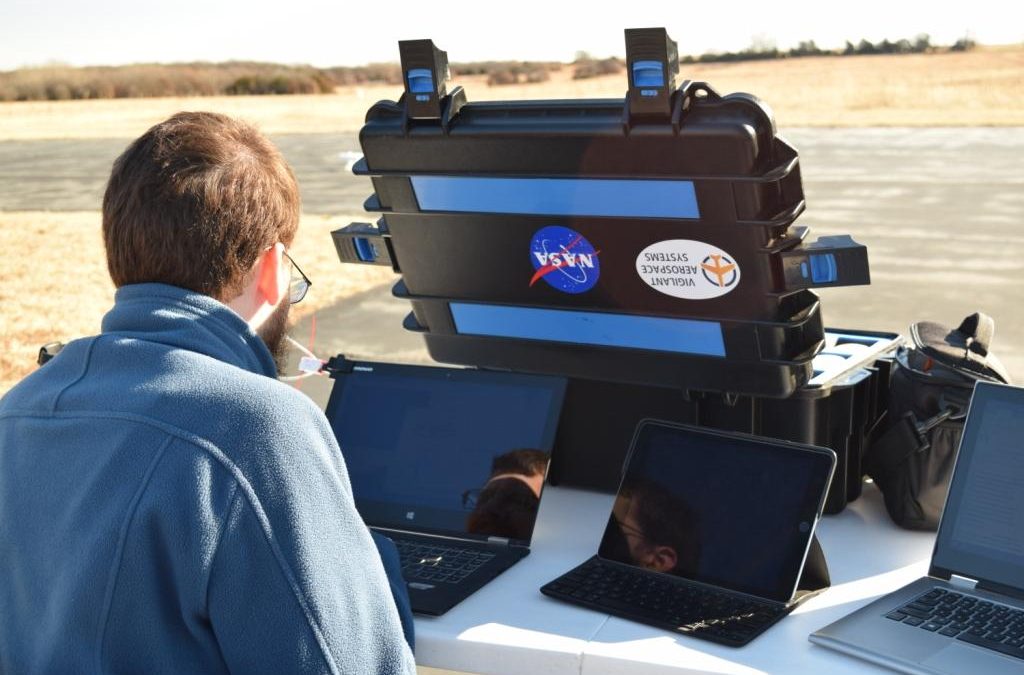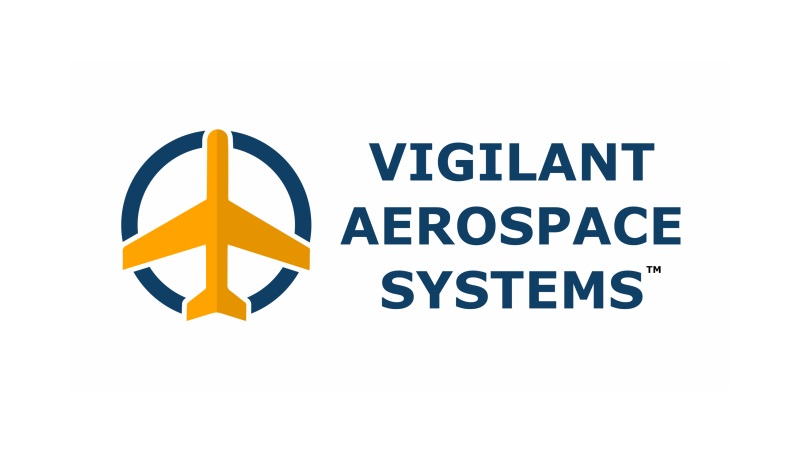As we eagerly anticipate the release of our FlightHorizon 2.0 platform, we wanted to highlight a few of the changes that have us so excited. FlightHorizon 2.0 is more than an update to FlightHorizon 1.0. It is a complete re-write and re-architecture of the software, allowing much greater modularity, scalability and extensibility.
Modularity is the Key: We have re-written the software so that it is highly modular. Each component is self-contained and the software now has a standard communication method between components. (JSON and microservices, for the technically-minded.)
One Great Platform, Lots of Different Products: We can bundle the core airspace monitoring and detect-and-avoid components into different product types based on what is needed to support a particular sensor suite or display requirement, and not bundle or run components that are unnecessary or not used for that application.
Flexibility to Carry Only What You Need: By modularizing the software, your particular installation can be reduced to include only the components you need for your specific application, minimizing the overall computing power and footprint required. This allows us to run the software on smaller-scaled, lower-powered and less expensive hardware platforms by limiting the installed components to only those absolutely required for the mission and the available sensors.
Extensibility at the Edge: Using microservices, we have a standard data model and communications protocol across components, which in turn allows us to rapidly develop new components for new sensors or data feeds without touching the underlying system.
Drop-In Sensors: This new architecture helps us to future-proof the software and support “drop-in sensors” as new hardware becomes available. We have already done this with a new radar, developing a new module in a few days, rather than weeks or months.
Protect the Investment: Modularity helps to protect our subscribers’ investment by ensuring that an existing installation can be quickly updated to include new components and new hardware and data sources – without modification of the existing installation, core components or existing integrations.
Fused Data Sources: FlightHorizon 1.0 had some data fusion capabilities across different data sources, but FlightHorizon 2.0 has data fusion at the core of the airspace monitoring and detect-and-avoid module. With data fusion, we provide real-time display of multiple, fused data sources that are both over-the-air (ADS-B, FIS-B, TIS-B, radar and Mode C in the near future) and online (FAA data, UTM, local/private).
Multiple User Interfaces: FlightHorizon comes with an industry-leading airspace display, but FlightHorizon 2.0 will also be able to natively output data to a range of map-based applications. This allows for display of real-time airspace data in third-party geo-browsers like Google Earth, Microsoft Bing Maps and ESRI ArcGIS. These applications do not provide the interactive controls of the native FlightHorizon user interface, but having the ability to send real-time map data to other applications provides tremendous flexibility in the use of FlightHorzion 2.0 across enterprises.
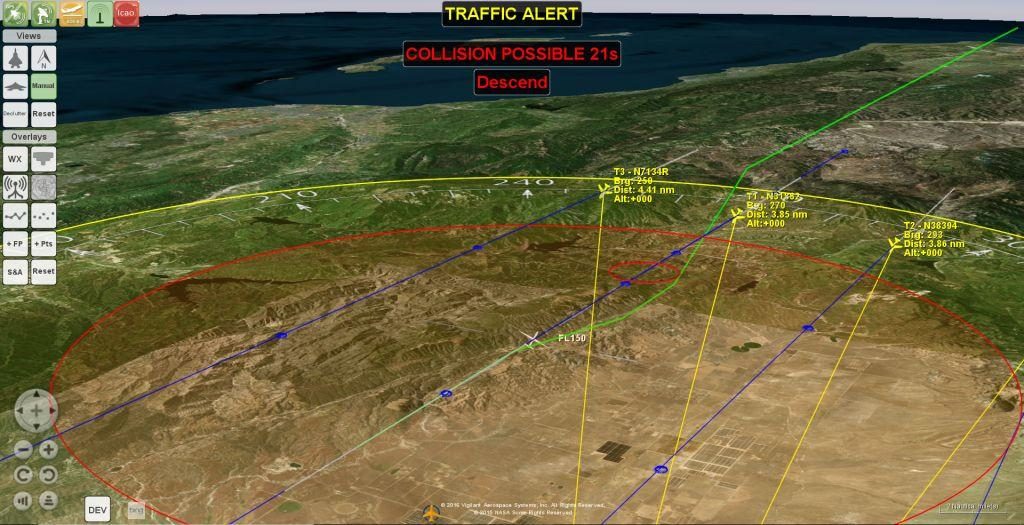 Share the Load:
Share the Load: The new architecture delivers great scalability. Because of the way the software is modularized, we can split duties between different physical computing systems and install different components on different computers. Each component can subscribe to another component for the data it needs, and the instances can operate independently or as a networked mesh. This provides us with an almost unlimited ability to scale up the speed and power of the overall system.
Single-Purpose Nodes: Using our new distributed architecture, one workstation could be dedicated to collecting data from a particular radar unit and another workstation could collect data from an ADS-B receiver while a third workstation acts as an airspace monitoring, logging and display server for the command center, collecting data from the two single-purpose workstations. Duties are distributable and data can be communicated over a high-speed LAN. Any number of federated installations can be used to deliver the level of performance required for a specific application or facility.
Built-in Mobility: Components can be installed not only on the ground, but also in mobile command centers and on aircraft, while retaining as much or as little of the overall system capabilities as warranted for the application. FlightHorizon GCS, PILOT and COMMANDER installations can all work together to provide coordination for individual aircraft and to aggregate data across all installations for the airspace manager.
New Capabilities, New Applications
Ultimately, with this new architecture, we see a variety of new deployments and capabilities for FlightHorizon 2.0:
1. Install FlightHorizon COMMANDER over a wide area with multiple primary COMMANDER nodes and multiple secondary GCS and PILOT nodes operating as a meshed system that can be viewed as a single, integrated airspace management, monitoring, de-confliction and logging system.
2. Collect data not only from a fixed central command center, but also aggregate data from multiple mobile field units and from on-board aircraft, so that an operations area can be extended as far as necessary.
3. Run FlightHorizon PILOT on the smallest and most efficient postage stamp-sized computers, putting it on-board any size of sUAS, while networking with and benefiting from the full capabilities of the overall system.
Looking beyond the architectural and technical changes, we have a vision to build and bring to market a fully modern, flexible, sophisticated and affordable airspace management system, ready for the integration of manned and autonomous aircraft and with a beautiful display.
At the same time, our core innovations continue to reside at the heart of FlightHorizon 2.0: Built-in automatic traffic alerts, traffic warnings, well-clear maintenance, de-confliction, and autonomous self-separation.
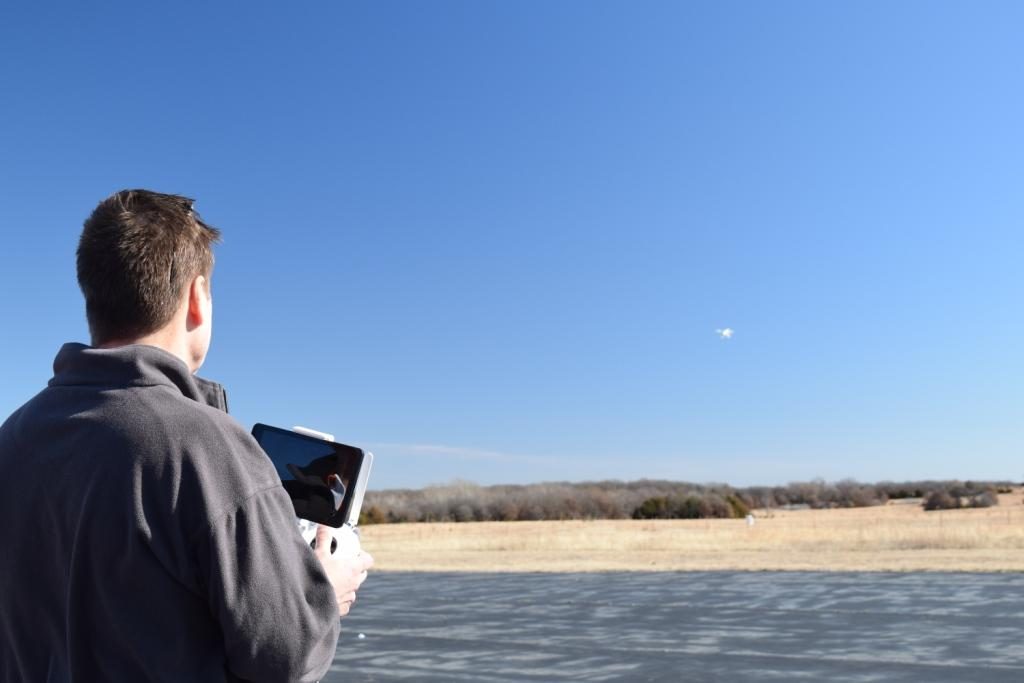
Talk to Us
You can see why we are excited about the upcoming release of FlightHorizon 2.0. If you’d like to hear more, ask questions or learn about how FlightHorizon can improve your flight operations, please feel free to
contact us or catch us at one of our upcoming conference appearances:
- UAS Summit & Expo 2018 in Grand Forks, ND – August 21, 2018 – Catch our presentation on “New Models for Integration of UAS into the NAS: Airspace Management as a Service” or stop by our booth (UAS Summit & Expo Booth # 110).
- Innovate and T2 in America’s Heartland, the 2018 FLC Mid-Continent/Far West Meetings and Awards Event in Oklahoma City, OK – August 29, 2018 – Don’t miss us on the panel discussing “OKC Tech Transfer Success Stories: Sourcing Technology from Federal Labs.”
- InterDrone 2018 in Las Vegas, NV – Septemeber 5-7, 2018 – We’re speaking on two panels: “The Future of Chips and Sensors Powering Next-Gen Drones” and “Drones and the Power of Artificial Intelligence.”
- UAS Tech Forum 2018 in Broken Arrow, OK (near Tulsa) – September 13, 2018 – We are an event sponsor and will have a booth in the exhibit hall! Stop by and talk to us!
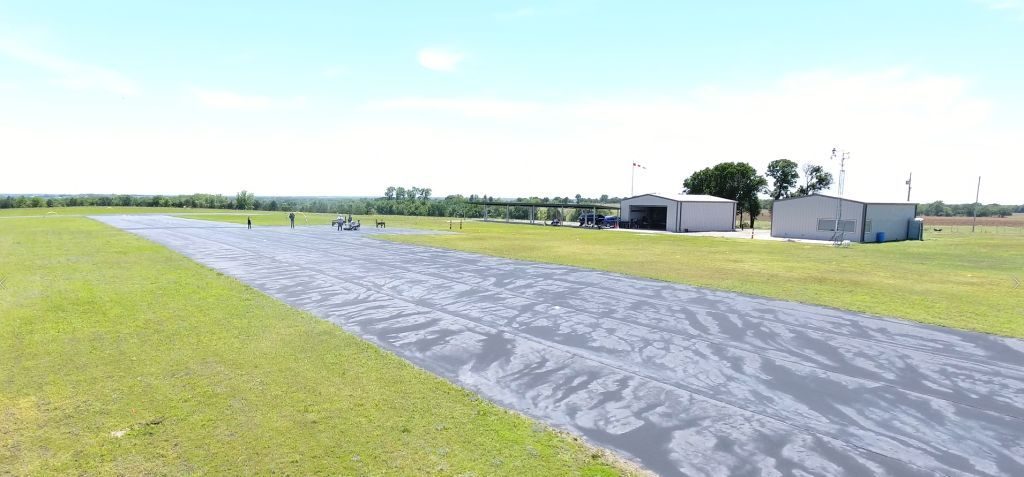
 Share the Load: The new architecture delivers great scalability. Because of the way the software is modularized, we can split duties between different physical computing systems and install different components on different computers. Each component can subscribe to another component for the data it needs, and the instances can operate independently or as a networked mesh. This provides us with an almost unlimited ability to scale up the speed and power of the overall system.
Single-Purpose Nodes: Using our new distributed architecture, one workstation could be dedicated to collecting data from a particular radar unit and another workstation could collect data from an ADS-B receiver while a third workstation acts as an airspace monitoring, logging and display server for the command center, collecting data from the two single-purpose workstations. Duties are distributable and data can be communicated over a high-speed LAN. Any number of federated installations can be used to deliver the level of performance required for a specific application or facility.
Built-in Mobility: Components can be installed not only on the ground, but also in mobile command centers and on aircraft, while retaining as much or as little of the overall system capabilities as warranted for the application. FlightHorizon GCS, PILOT and COMMANDER installations can all work together to provide coordination for individual aircraft and to aggregate data across all installations for the airspace manager.
Share the Load: The new architecture delivers great scalability. Because of the way the software is modularized, we can split duties between different physical computing systems and install different components on different computers. Each component can subscribe to another component for the data it needs, and the instances can operate independently or as a networked mesh. This provides us with an almost unlimited ability to scale up the speed and power of the overall system.
Single-Purpose Nodes: Using our new distributed architecture, one workstation could be dedicated to collecting data from a particular radar unit and another workstation could collect data from an ADS-B receiver while a third workstation acts as an airspace monitoring, logging and display server for the command center, collecting data from the two single-purpose workstations. Duties are distributable and data can be communicated over a high-speed LAN. Any number of federated installations can be used to deliver the level of performance required for a specific application or facility.
Built-in Mobility: Components can be installed not only on the ground, but also in mobile command centers and on aircraft, while retaining as much or as little of the overall system capabilities as warranted for the application. FlightHorizon GCS, PILOT and COMMANDER installations can all work together to provide coordination for individual aircraft and to aggregate data across all installations for the airspace manager.


